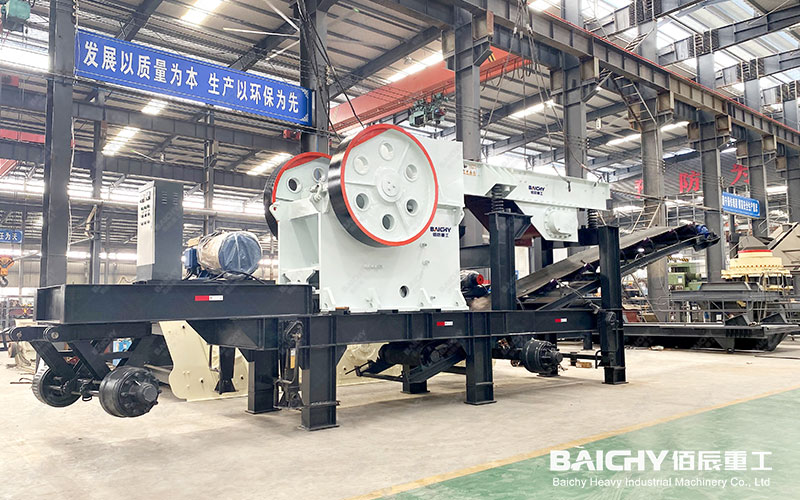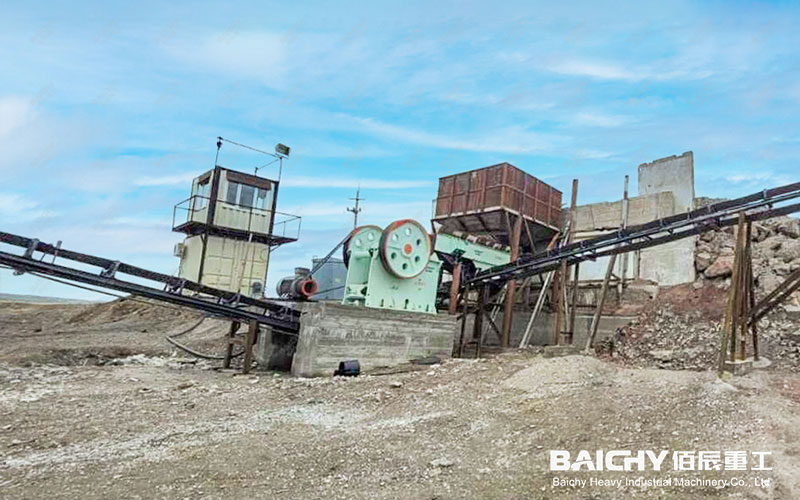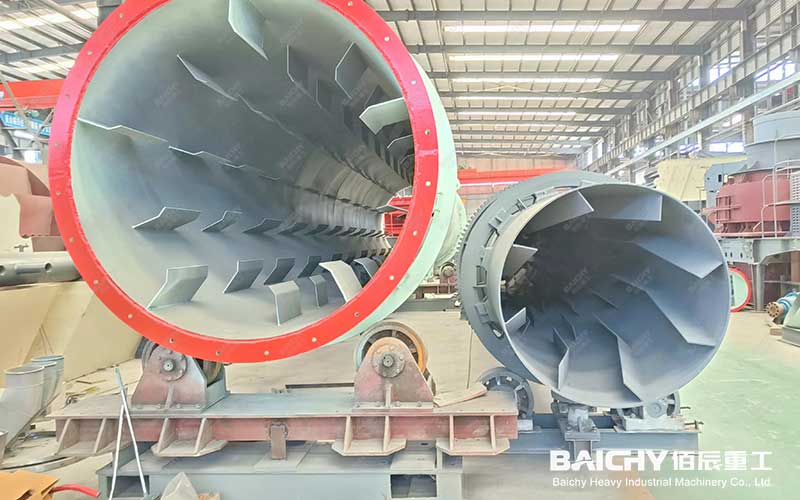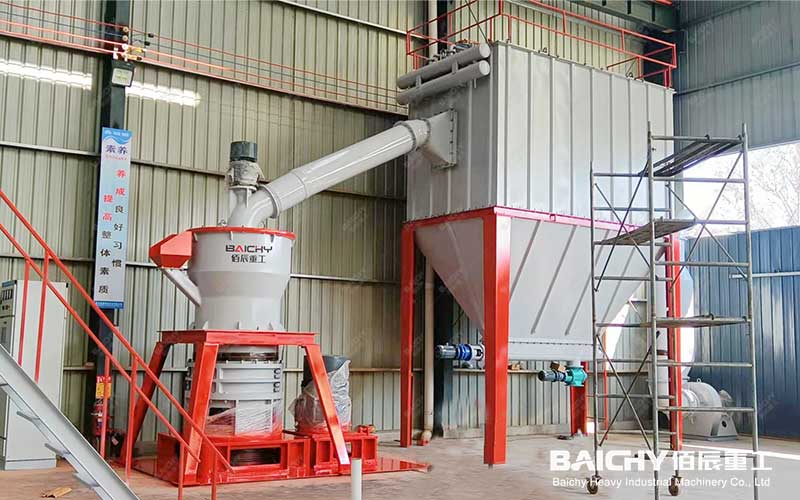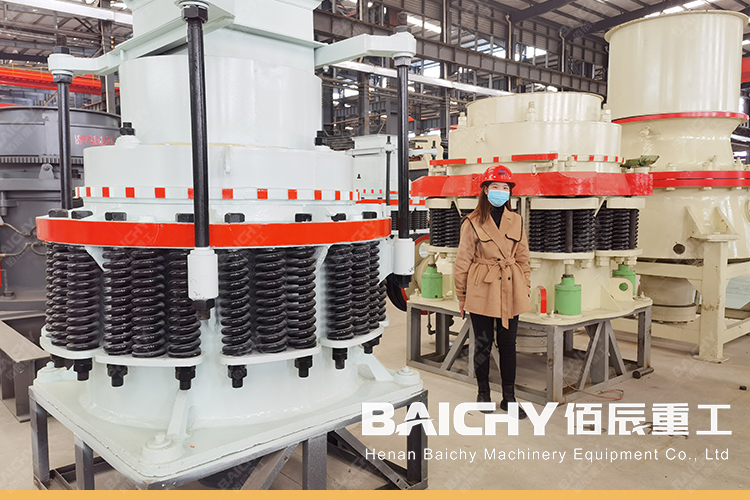
Choosing the right secondary crusher is a multi-faceted process. Here are some key steps and considerations to help you make an informed decision:
Material Characteristics:
• Hardness: Material hardness is a key factor in determining the type and size of crusher. For example, cone crushers are particularly good at handling hard materials such as granite, basalt, etc.
• Particle Size: Consider the feed particle size and the desired product particle size. Different crushers have different processing capabilities and particle size ranges.
• Moisture and Viscosity: Some materials may have high moisture or strong viscosity characteristics, which will affect the selection and performance of the crusher.
Production Capacity Required:
• Based on the needs of your production line, determine the required production capacity. Different types of crushers have different processing capacities, and you need to choose a machine that can meet your production needs.
Investment Cost:
• Consider the initial investment cost of the equipment. The prices of different brands and models of crushers vary greatly. For example, cone crushers have a larger initial investment, but may be the first choice for large production lines that need to efficiently handle hard materials.
• Also consider the long-term operating costs of the equipment, including maintenance, energy consumption, and personnel training costs.
Energy consumption and efficiency:
• Choose a crusher with a high energy efficiency ratio to reduce production costs and reduce environmental impact.
• Pay attention to the operating efficiency of the crusher to ensure that the equipment can operate stably and efficiently.
Equipment quality and brand:
• Choose well-known brands and high-quality equipment to ensure the reliability and durability of the equipment.
• Refer to data such as brand reputation, sales volume, and attention index, and understand the performance and user evaluation of equipment of different brands and models through cloud computing analysis or other channels.
Maintenance and after-sales service:
• Consider the convenience of equipment maintenance and maintenance, as well as the after-sales service and technical support provided by the supplier.
• Choose a supplier with a complete after-sales service system to solve problems in time during the operation of the equipment.
Other factors:
• Consider the equipment's footprint and installation requirements to ensure that the equipment can be smoothly installed and integrated into your production line.
• Consider environmental protection requirements such as noise and dust emissions of the equipment to ensure that the equipment complies with local environmental regulations and standards.
Choosing a suitable secondary crusher requires comprehensive consideration of material characteristics, production capacity requirements, investment costs, energy consumption and efficiency, equipment quality and brand, maintenance and after-sales service, and other factors. By carefully evaluating these factors and consulting professional advice and case studies, you can find the crusher solution that best suits your needs.




